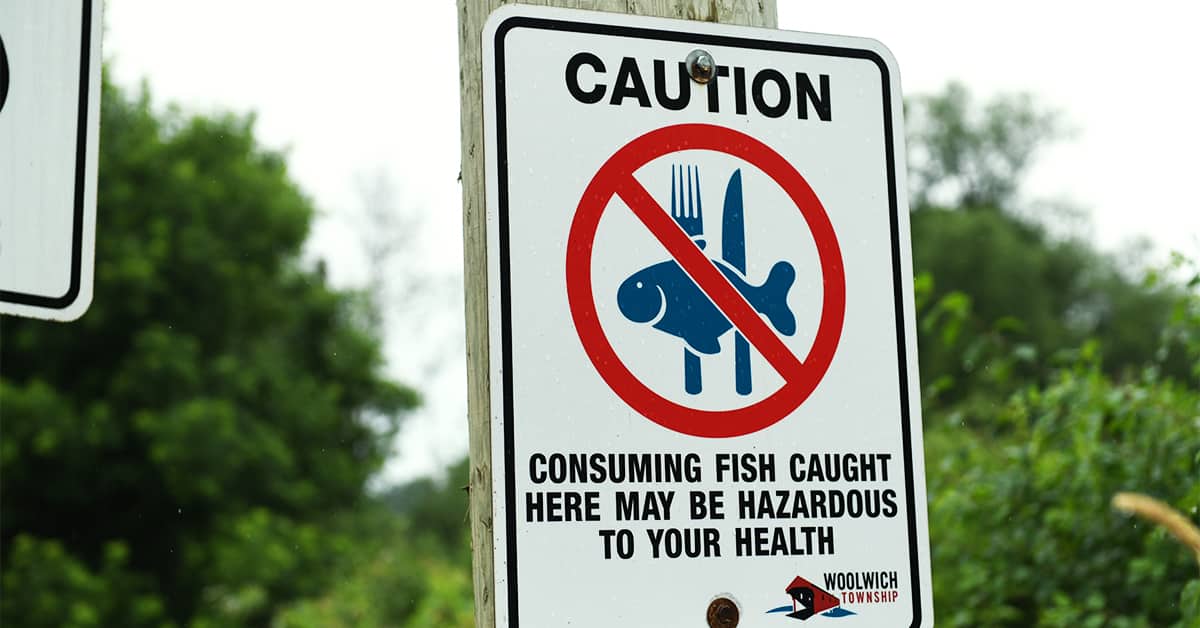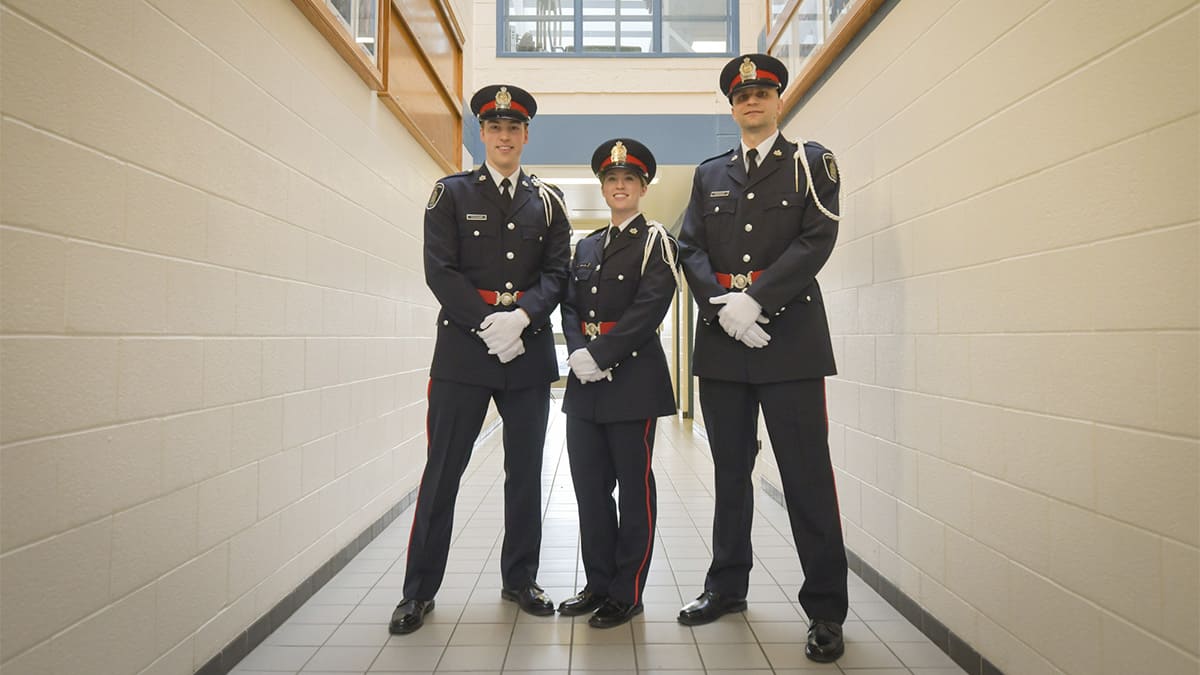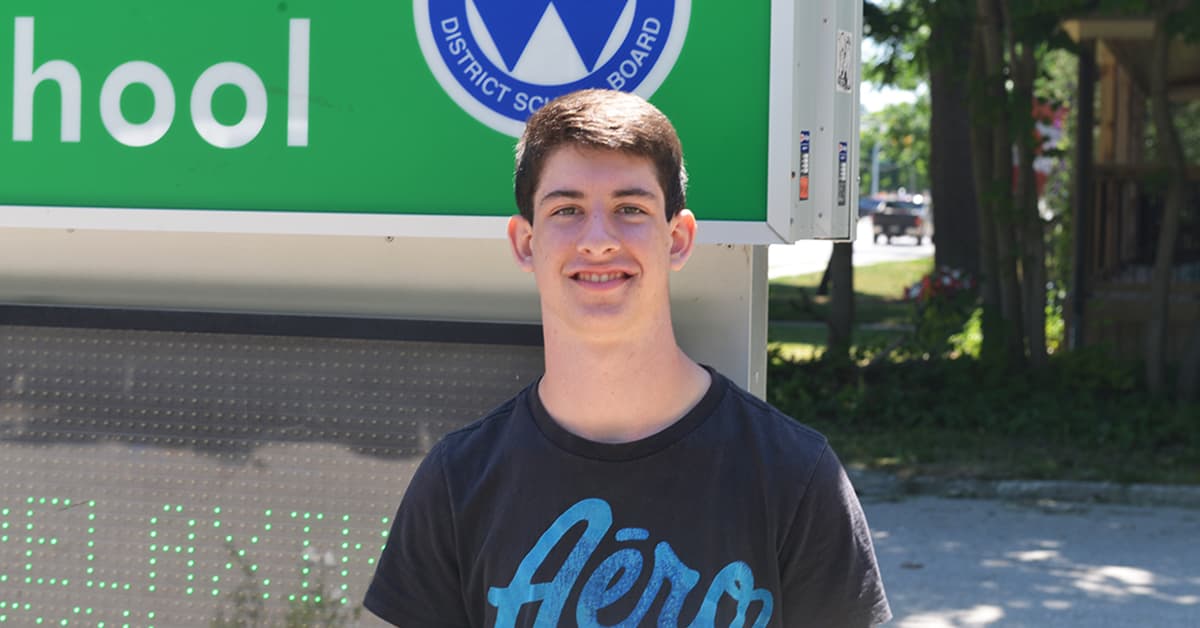Community experts advocating for the cleanup of the Canagagigue Creek are disappointed with the most recent development in communications with Lanxess’ main environmental consultant about tackling known hotspots.
Lanxess staff have completed a draft of their human health and ecological risk assessment of the creek’s watershed earlier this year. Once finalized, the document will guide the amount and type of risk that is accepted to be in the creek, and the actions taken by the chemical company to address it.
Members of the Technical Advisory Group, a Woolwich-appointed body of experts who monitor the company’s progress with the creek, submitted their comments on the draft risk assessment in the spring. Their comments included the request for the removal of the known hotspots in the creek.
The hotspots are mapped, defined areas where the level of toxins present in the sediment greatly exceeds the province’s safety standards.
Staff from Stantec, the environmental consulting company hired by Lanxess to oversee the creek project, responded to TAG’s request. They said the hotspots are outside the scope of the risk assessment and the process of removing them could be dangerous to flora and fauna.
Lanxess spokesperson Michael Mackin had previously communicated the same message to The Observer.
“In some cases, cleanup can cause additional unintended consequences and further negative impacts than if the area were left alone,” Mackin said via email.
“The advantages and disadvantages of remediation (of the hotspots) need to be balanced and evaluated outside the human health and ecological risk assessment process, given that from a risk assessment perspective, targeted remediation of this area was not recommended,” said the report.
Susan Bryant has been advocating for the cleanup of the Canagagigue Creek for decades. She made her disappointment with the response known at last week’s Technical Advisory Group meeting.
“I believe that TAG has asked for the very most meagre, doable remediation. Not dredge the creek, not stop possible sources that we may know about on the site. But simply the removal of a limited number of hotspots, all of limited extent. That’s it.
“I had expected the risk assessment to delineate these areas for cleanup but this response to TAG’s comments suggests that nothing need be done about these deposits, which science tells us are there, of persistent bioaccumulative toxins measuring orders of magnitude above acceptable levels. To me that is just not acceptable.”
Tiffany Svensson, chair of the committee, had a similar response.
“I wouldn’t be going out on a limb to say that you’re echoing a number of other sentiments in our committee but, I will say I myself was very disappointed in this.”
She said she believes that Stantec staff are, “restricting what they’re commenting on to the very strictest scientific scopes of work that they’re doing, and so going outside of what their risk assessment statistical analysis says is what they’re not prepared to do.
“But that does not mean that we can’t continue to make the request for what we’d like to see done,” she said.
TAG members, as well as Lanxess and Stantec staff are still waiting for comments on the draft human health and ecological risk assessment from the provincial ministry of environment.









